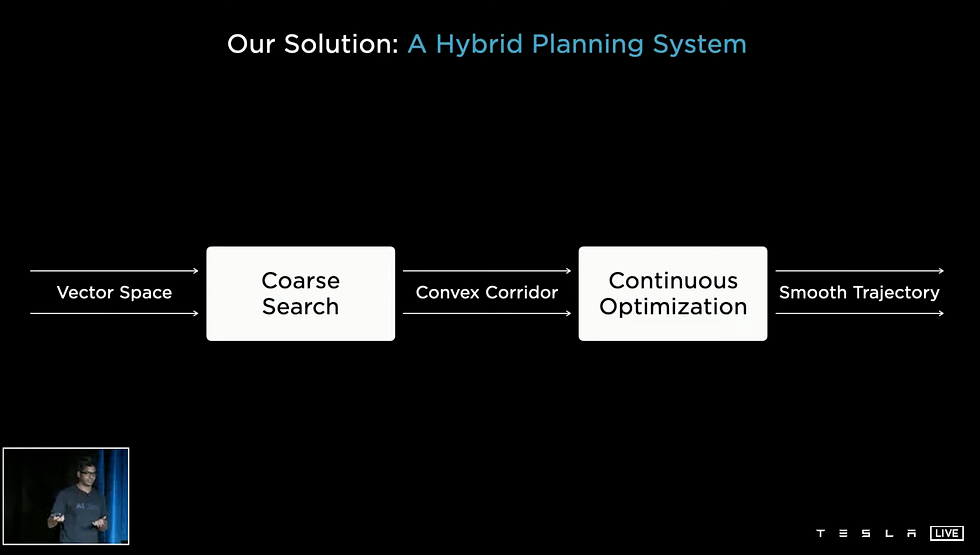That is not how it works. The car chooses a path based on cost-optimization based on hundreds of simulations.
Monte Carlo Simulation is a type of computational algorithm that uses repeated random sampling to obtain the likelihood of a range of results of occurring.

www.ibm.com
The question is - what parameters and weightages / costs have they used. Seems to me it is making wider turns in 10.5 to avoid curbing (a common complaint before) i.e. they cost associated with curbing is much higher than cost associated with cross the yellow line.
ps : Having specifically watched for this - I should say almost everyone crosses the yellow line when turning if there are no vehicles around - esp. in the smaller local streets.






